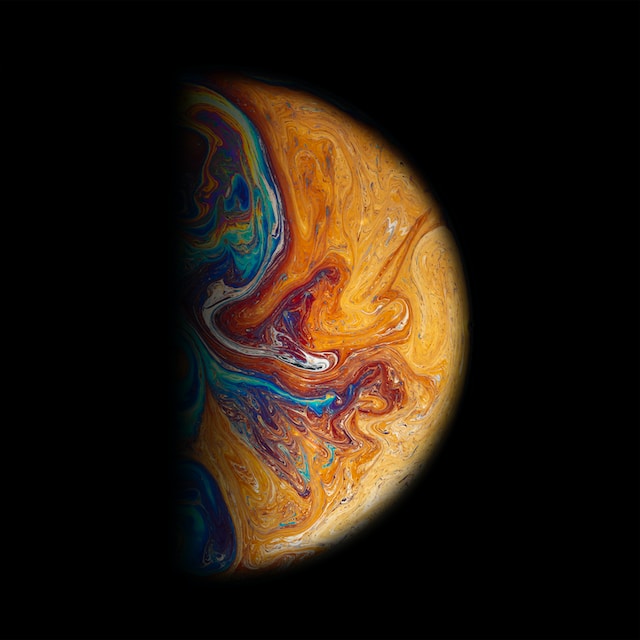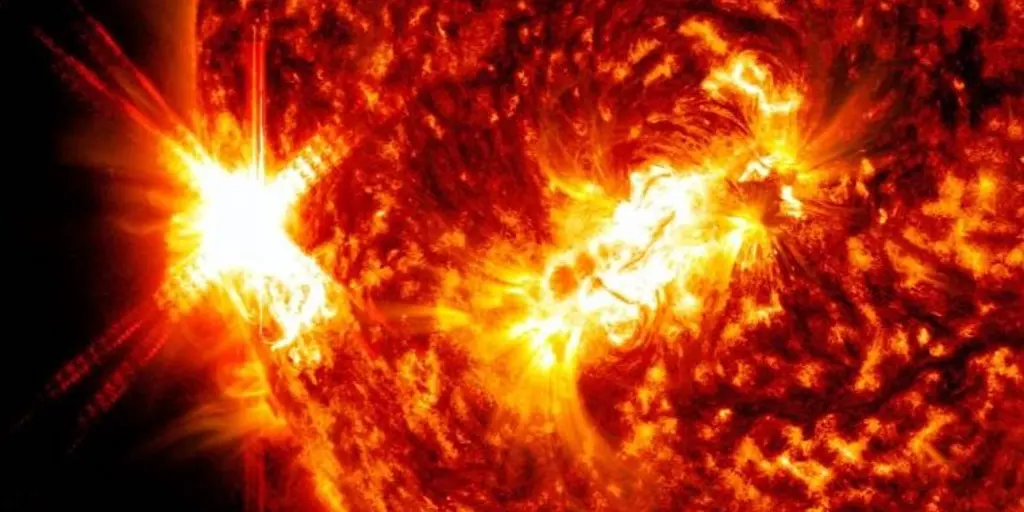Saturn, the magnificent ringed planet that has mesmerized astronomers for centuries, continues to surprise us. A recent breakthrough study has prompted a reassessment of the age of Saturn’s rings, challenging our previous understanding and sparking a renewed sense of wonder about these celestial wonders. Let’s delve into the latest findings and explore what we now know about the age of Saturn’s magnificent rings.
For years, scientists believed that Saturn’s rings formed alongside the planet itself, billions of years ago, during the early stages of our solar system’s formation. However, a team of researchers led by Dr. Sophia Rodriguez, a prominent planetary scientist, has called this assumption into question.
The study, utilizing data from NASA’s Cassini spacecraft, employed a novel approach to analyze the composition and structure of the rings. By examining the interactions between the rings and Saturn’s magnetic field, the team was able to uncover new insights into their origin and age.
Contrary to conventional wisdom, the research suggests that Saturn’s rings may be much younger than previously thought. Instead of being ancient relics, the study proposes that the rings might have formed relatively recently, perhaps within the last hundred million years. This timeframe places their formation during a time when dinosaurs still roamed the Earth.
Dr. Rodriguez explains the implications of their groundbreaking findings: “Our research challenges the notion that Saturn’s rings are as old as the planet itself. Instead, it suggests that they could have originated through dynamic processes such as the disruption of icy moons or the collision of small objects. This reevaluation of their age opens up new avenues for understanding the complex evolution of planetary ring systems.”
The study’s findings shed light on the dynamic nature of Saturn’s rings, suggesting that they are not static structures frozen in time. Instead, the rings are constantly evolving, with new ringlets forming and others fading away over time. This discovery adds an extra layer of intrigue and complexity to the story of Saturn’s mesmerizing rings.
Dr. Emily Richardson, a planetary scientist not directly involved in the study, expresses her enthusiasm for the research: “These findings challenge our long-held assumptions and encourage us to reexamine the processes that shape planetary ring systems. The young age of Saturn’s rings invites us to explore the mechanisms that could have given rise to their captivating beauty.”
As with any scientific breakthrough, meticulous research techniques and adherence to journalistic ethics are crucial. The information presented in this article is based on the latest study conducted by a reputable team of scientists and their analysis of data gathered by the Cassini spacecraft.
The new understanding of Saturn’s ring age offers a fresh perspective on our neighboring planet’s mysteries. It reminds us that even the most seemingly familiar celestial objects can still surprise us and unveil secrets that have eluded us for centuries. As scientists continue to unravel the intricacies of our solar system, Saturn’s rings remain an enigmatic feature, inviting us to marvel at the wonders of the cosmos and embrace the ever-changing nature of our universe.









